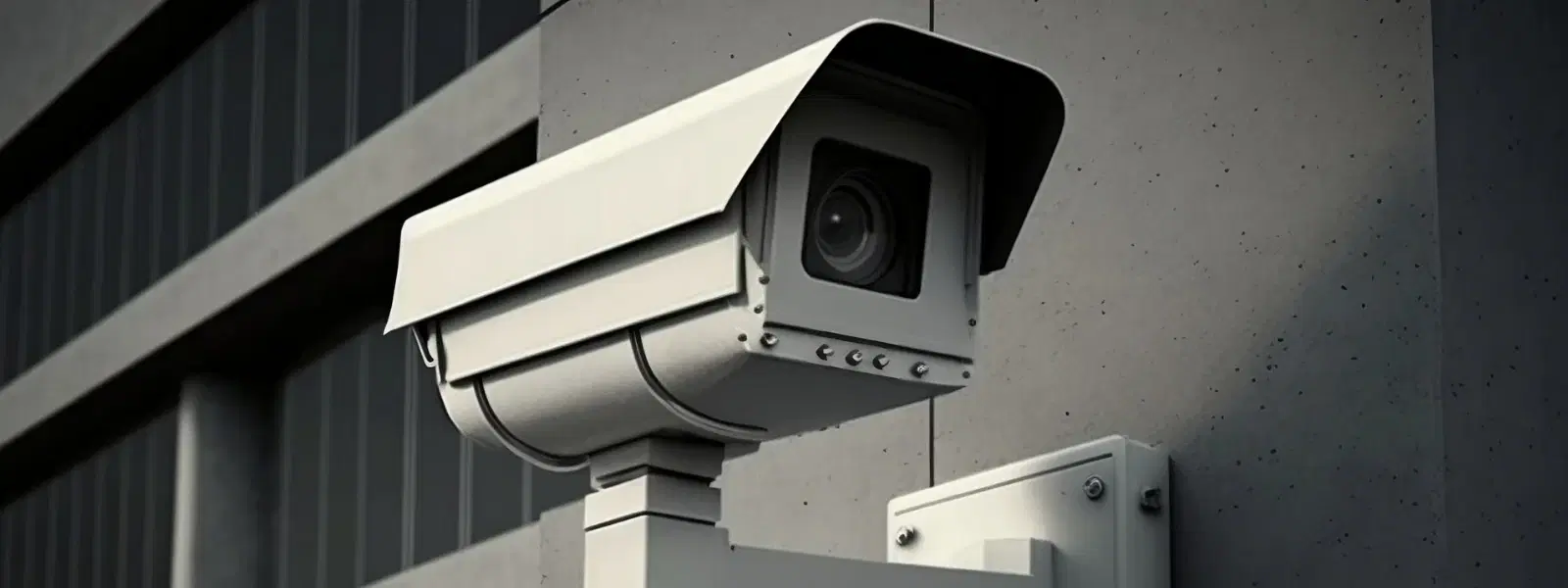
Consumer Electronics
•03 min read
Imagine needing to temporarily disable your CCTV camera but not knowing where to start. Whether it is for privacy during family gatherings or scheduled maintenance, understanding how to switch off a CCTV camera is crucial. In this guide, you will learn how to switch off, disable, and pause your surveillance system, ensuring you have full control over your security setup.
There are several reasons for turning off a security camera. Some common scenarios include:
Privacy concerns: When hosting guests or personal events, you might want to disable the CCTV camera for a while.
Maintenance or troubleshooting: To check on issues or reset the system, powering off the camera can be essential.
Upgrading or relocating the system: Temporarily disconnecting the camera simplifies any changes or upgrades.
Generally, if the surveillance system is installed in your personal space, switching off the camera is within your legal rights. However, in shared or public spaces, it is important to adhere to local laws and regulations. Always ensure you are compliant with the legal expectations in your area before making any adjustments such as deactivating a security camera.
To power off your CCTV system, start by locating the power source. The simple act of turning off the main switch or disconnecting the camera from the DVR/NVR system is often enough to shut down the surveillance camera completely. This physical CCTV camera off switch ensures that the recording and power supply are halted immediately.
Many modern systems allow you to disable CCTV camera functionality through remote access. Using a mobile app or dedicated software provided by the manufacturer, you can turn off security camera features without physically touching the device. Should you encounter issues with remote access, verifying network connectivity or consulting the user manual may resolve the problem.
If you do not want to completely shut down your system, you can easily stop CCTV recording by adjusting the recording settings. Access your DVR/NVR settings or use the mobile app to pause recording. This method allows the camera to remain active for monitoring while halting storage functions.
Visual indicators are key in confirming that the device is off. Look for inactive LED lights or a blank screen on your display device. Additionally, testing the camera’s functionality via the DVR/NVR system can offer reassurance that the camera is indeed disabled.
If you encounter challenges such as the camera not responding to standard shutdown procedures, check for power supply issues first. Ensure that all external connections are securely disconnected. Sometimes, intermittent power issues can lead to the system not fully disengaging. Consider rechecking physical connections and verifying that no other device is interfering with the CCTV camera power control mechanism.
Securing your system is essential. Use strong passwords, enable encryption, and regularly update device firmware. These measures help prevent unauthorised attempts to deactivate security camera features or access your recordings, ensuring that only you have control over the system.
When you need to pause or disable your surveillance system, consider these simple best practices:
Use physical covers for lenses where privacy is needed.
Document adjustments to system settings to ease reactivation.
Monitor and test the system before and after making changes.
Pro Tip: "Always consult your CCTV camera’s user manual before disabling any features. This ensures you don’t accidentally disrupt critical functionalities or void warranties."
Simply locate the power source and switch it off. Alternatively, disconnect the camera from its DVR/NVR system.
Yes, CCTV cameras can be switched off by cutting their power supply or disabling them via software controls.
You can pause recording by accessing the settings on your DVR/NVR system or using the supplied mobile app.
Check for inactive LED lights or blank screens, and test its connection within the DVR/NVR system.
While it is possible, unauthorised disabling is illegal. Secure your system using strong passwords and encryption to prevent tampering.
Switching off or temporarily disabling your CCTV camera requires careful assessment of your needs and the method you choose. Whether you are opting to completely power off your system or merely pause recording, it is important to follow safe procedures and check that all settings are correctly adjusted. By ensuring proper CCTV camera power control, you maintain both security and privacy. As you manage your surveillance setup, consider exploring platforms like Tata Neu for a seamless, customer-first experience that rewards loyalty with NeuCoins on every smart transaction. Reliable support, express delivery, and expert guidance mean you can shop with confidence and focus on what truly matters.